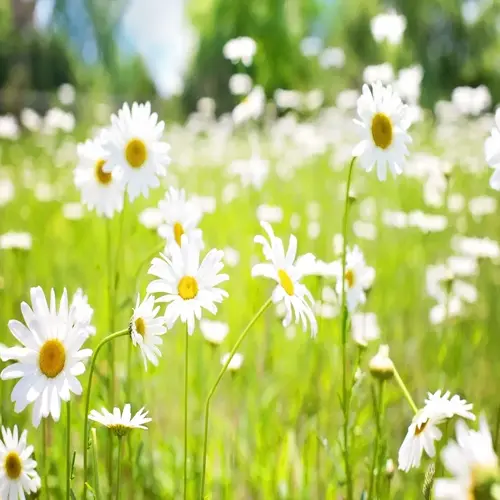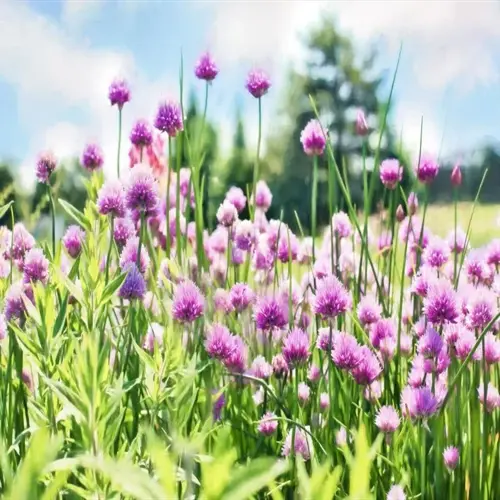What are common problems when growing dill?

Written by
Tina Carter
Reviewed by
Prof. Martin Thorne, Ph.D.There are almost always common challenges associated with growing dill that can interfere with plant health and efficiency. Bolting may occur prematurely in intense heat or after disturbing the roots. Aphids gather on newly sprouted growth, feeding on the sap of the plant. Powdery mildew manifests as a white, powdery coating when humidity levels are excessively high. Yellow leaves may indicate problems from overwatering.
Environmental Stressors
- Bolting prevention: Provide afternoon shade above 85°F (29°C)
- Overwatering signs: Yellow lower leaves and wilting
- Soil compaction: Aerate soil before planting
Pest Management
- Aphid control: Spray with neem oil every 5 days
- Caterpillar removal: Handpick in early morning
- Mite prevention: Increase humidity around plants
Disease Prevention
- Powdery mildew: Apply baking soda spray weekly
- Root rot: Ensure well-draining soil mix
- Fungal issues: Space plants 12 inches apart
To avoid bolting, plant heat-tolerant cultivars such as 'Bouquet'. Water deeply, but infrequently, so you don't disturb the roots. Mulch soil to moderate soil temperatures. I will replant new seeds every three weeks just in case of early bolting.
Utilize an integrated pest management approach to control pests. Use ladybugs (Hippodamia convergens) for natural control of aphids. Spray at the first signs of infestation with neem oil (Azadirachta indica). Check the undersides of leaves daily during the season for signs of active pest infestations. Under healthy conditions, plants can withstand pests at a relatively higher rate than under stressed conditions.
Control diseases through cultural practices. Water the soil directly, not the leaves, to minimize the growth of mildew. Space plants to allow for proper airflow, and ensure there is plenty of airflow between plants. Remove infected leaves immediately. During humid periods, I would also spray a solution of baking soda once a week as a precautionary measure.
Read the full article: How to Grow Dill Successfully

